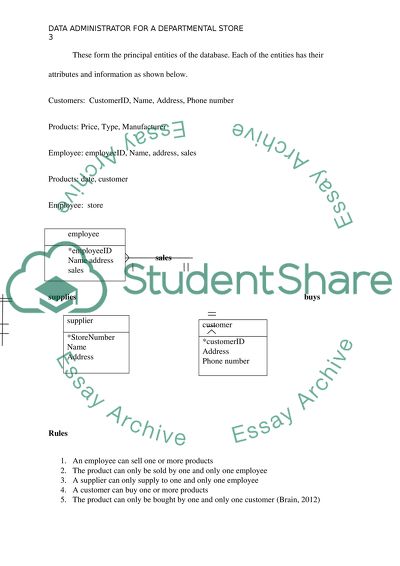Cite this document
(“Technical Paper: Database Administrator for Department Store Essay”, n.d.)
Retrieved from https://studentshare.org/logic-programming/1656657-technical-paper-database-administrator-for-department-store
Retrieved from https://studentshare.org/logic-programming/1656657-technical-paper-database-administrator-for-department-store
(Technical Paper: Database Administrator for Department Store Essay)
https://studentshare.org/logic-programming/1656657-technical-paper-database-administrator-for-department-store.
https://studentshare.org/logic-programming/1656657-technical-paper-database-administrator-for-department-store.
“Technical Paper: Database Administrator for Department Store Essay”, n.d. https://studentshare.org/logic-programming/1656657-technical-paper-database-administrator-for-department-store.


